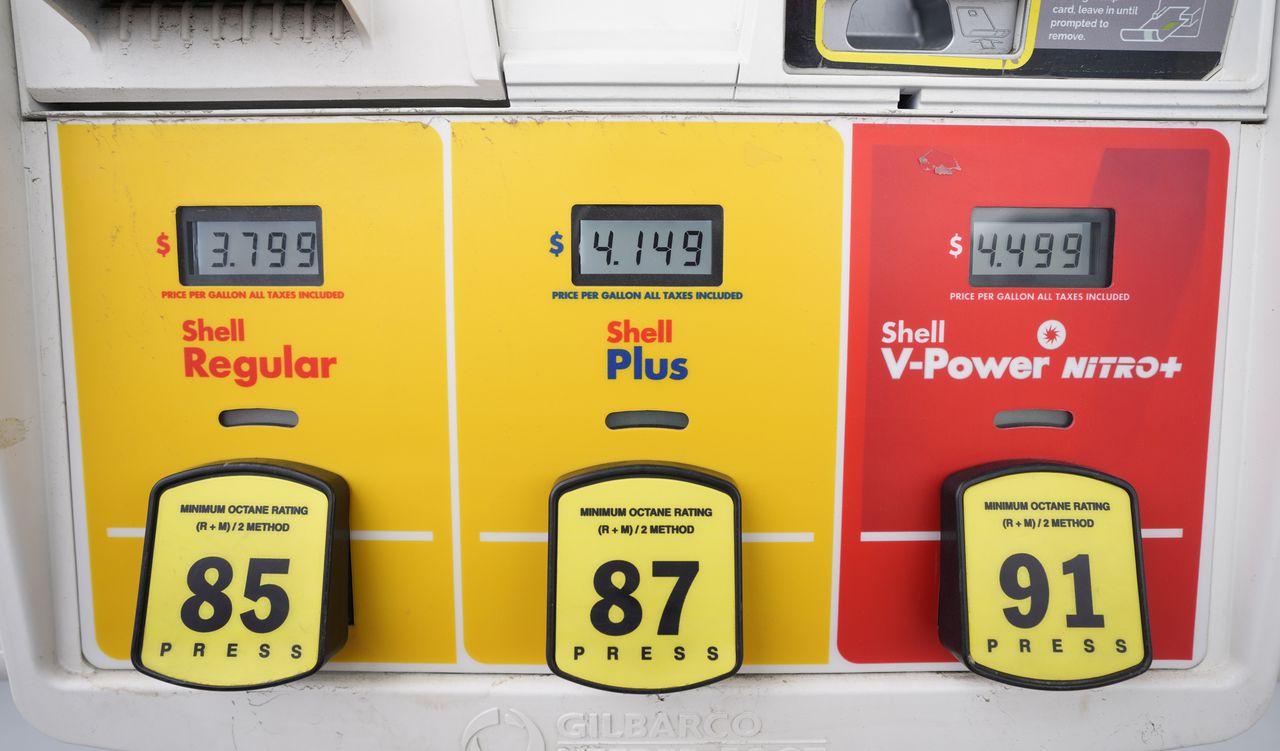Why are gas prices so high?
Feeling more pain at the pump? You’re not alone.
The national average price of a gallon of gasoline rose 10 cents from a week ago to $3.34 per gallon, according to tracking site GasBuddy.com. The national average is up 22 cents from a month ago but is 3.2 cents per gallon lower than this same point last year. Diesel prices have dipped, falling 2.7 cents in the last week to $4.03 a gallon, 33 cents lower than a year ago.
AAA lists the average price of a gallon of gasoline in Alabama at $3.07, up from $2.99 a week ago and $2.90 last month. A year ago, the average price for a gallon of regular gas in Alabama was $3.02.
According to Patrick De Haan, head of petroleum analysis at GasBuddy, the upward trend is part of a switch over from winter-formula gasoline to more expensive summer blends that are designed for the heat.
“A majority of the nation’s 50 states have seen gasoline prices rise, with the national average posting a gain for the second straight week, a trend that is hardly surprising for this time of year, and will likely continue as the entire nation has now made the first step toward summer gasoline,” De Haan said.
And the increases aren’t done yet, De Haan warns.
“The pinch at the pump has been manageable for now, with prices about 30 cents higher than mid-January, but that will likely change as we enter the madness we tend to see in March with refinery maintenance hitting its peak, impacting how much gasoline can be produced as we make the changeover to the summer blends. This always crimps supply, leading to further gas price increases,” he said.
According to GasBuddy, the states with the lowest average prices are Texas ($2.80), Oklahoma ($2.80), Mississippi ($2.82). The states with the highest average prices are California ($4.79), Hawaii ($4.66), and Washington ($4.08).
